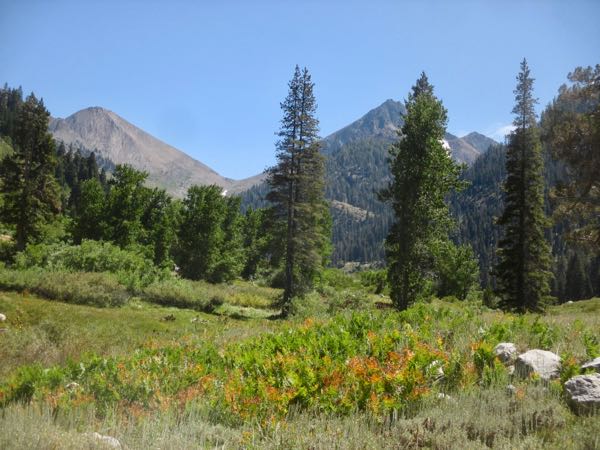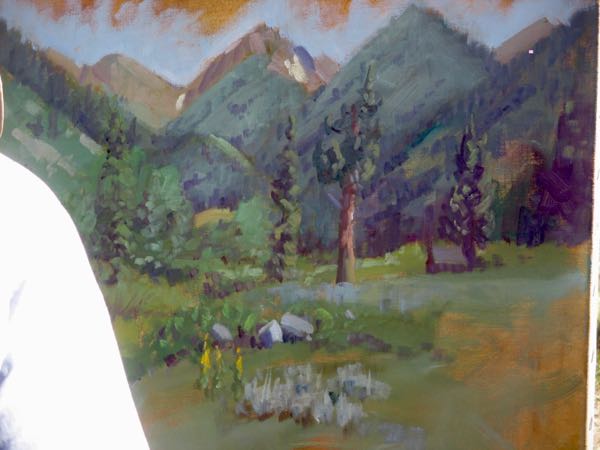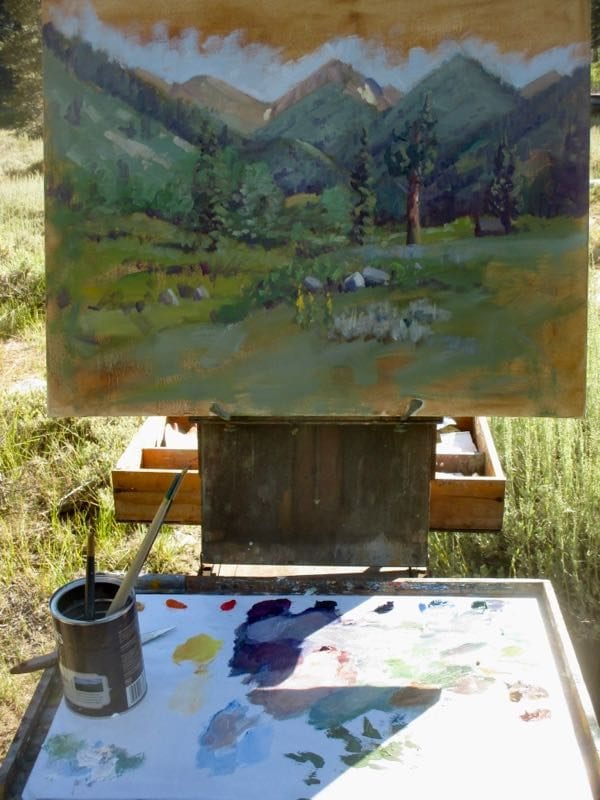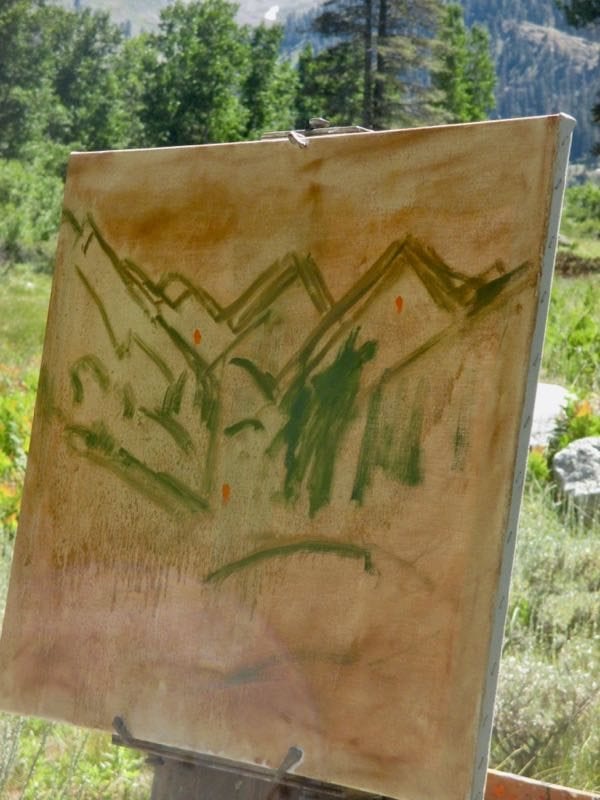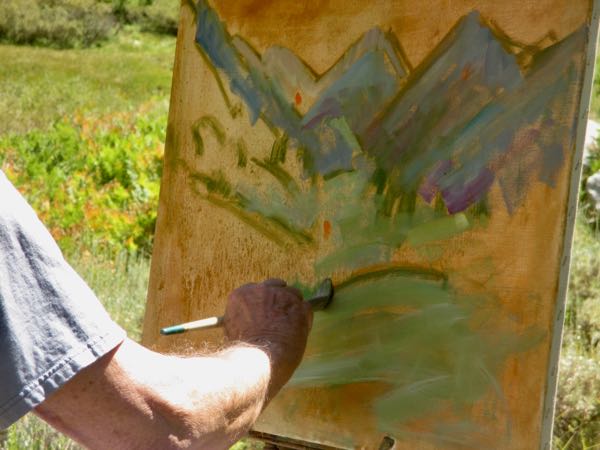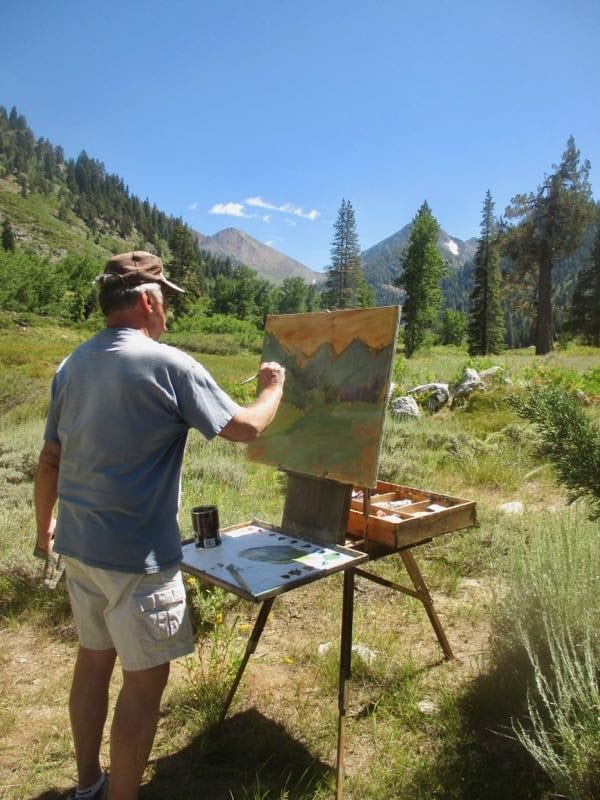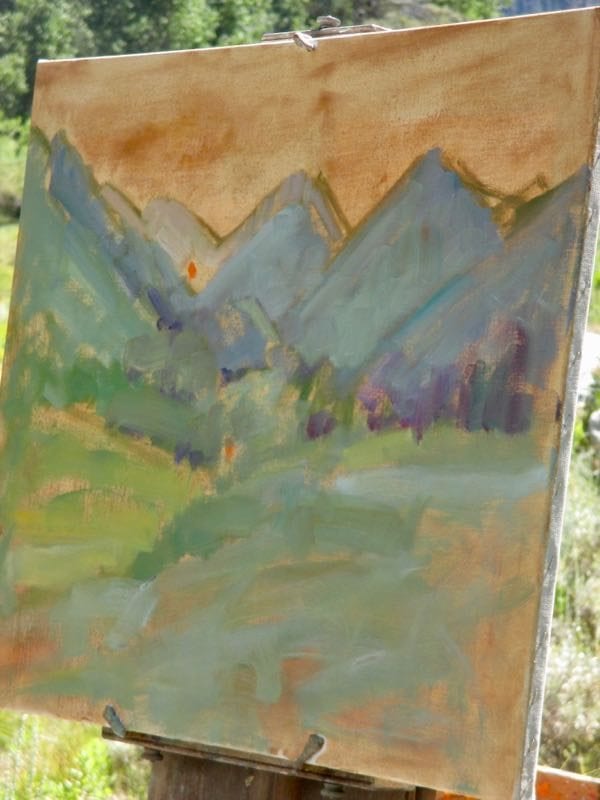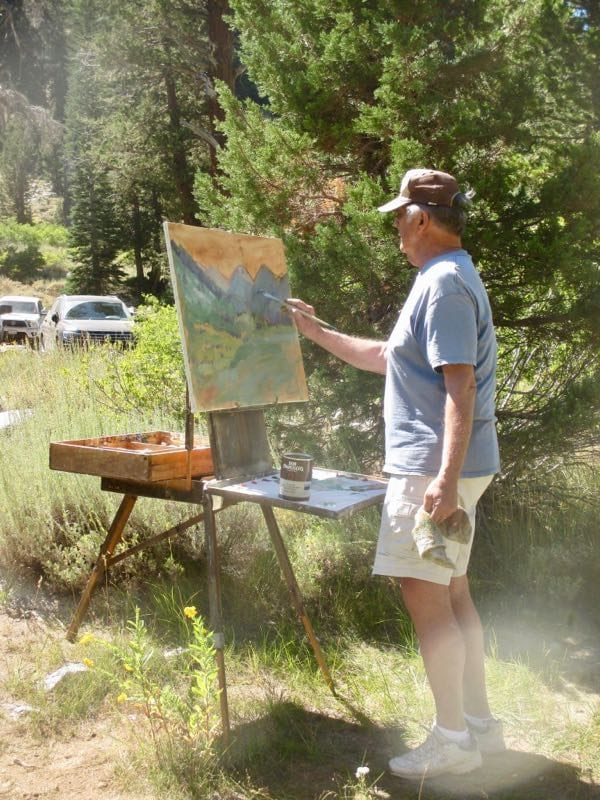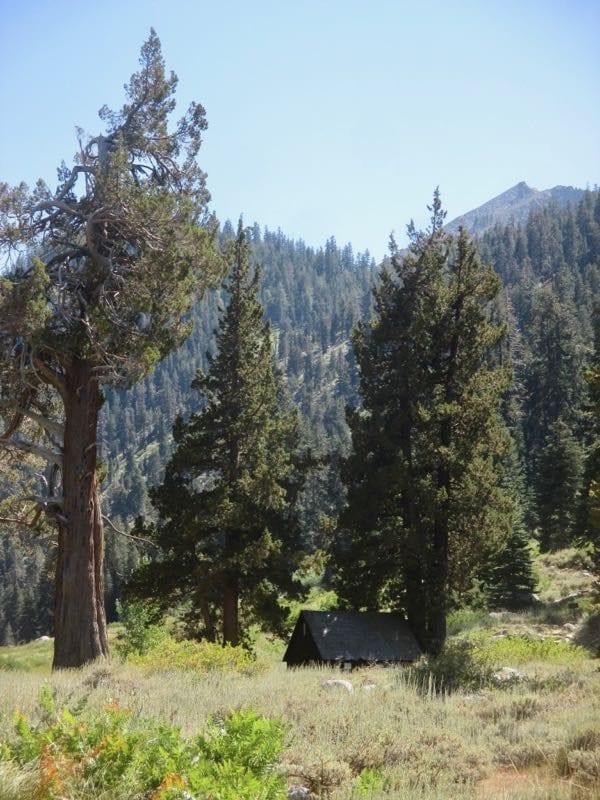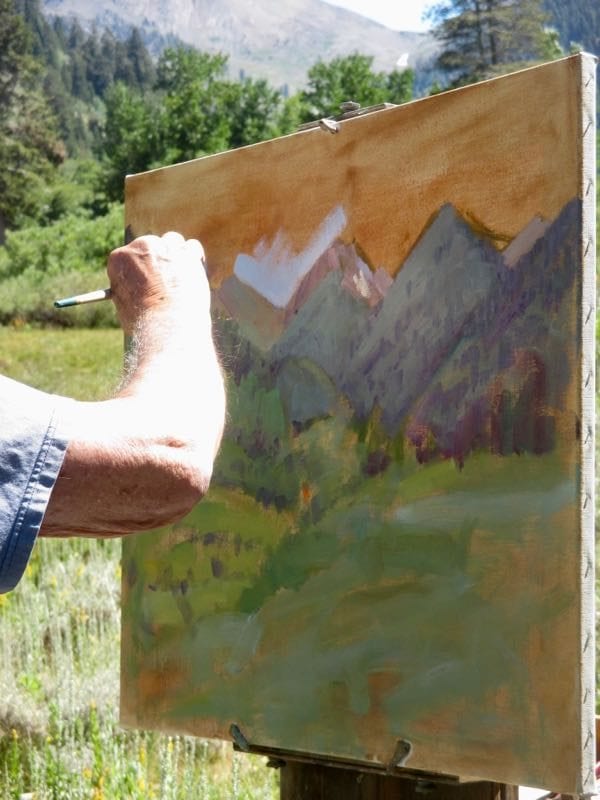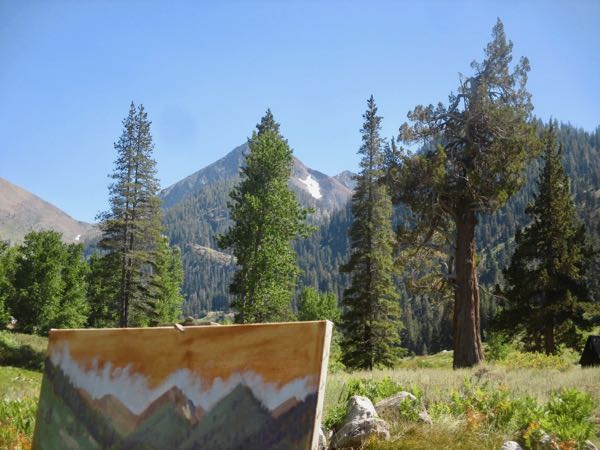I set up the easel in the backyard of the cabin and worked on the painting from memory and the “visual notes” I had made the day before. That’s what Marty Weekly did, so I figured it must be a good plan.
Wait! He didn’t set up in my backyard; he took it home to finish in his studio. His plan was 2 sessions, using little examples of colors and textures that he placed on the canvas during his plein air session.
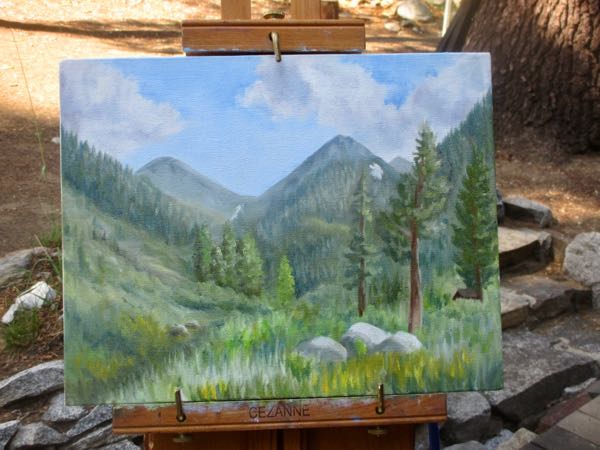
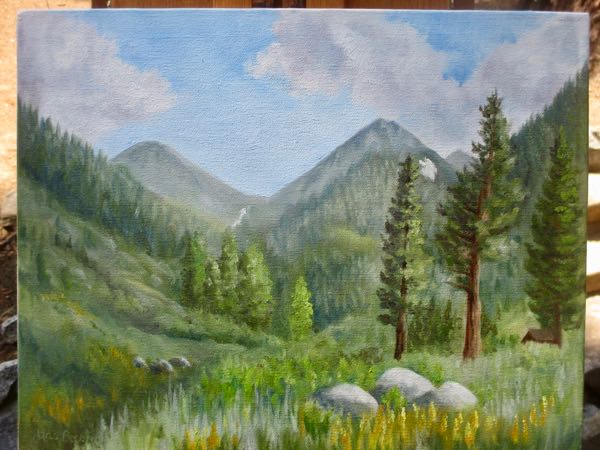
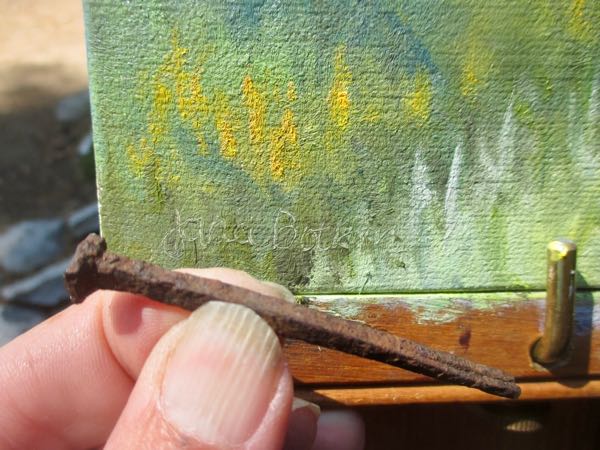
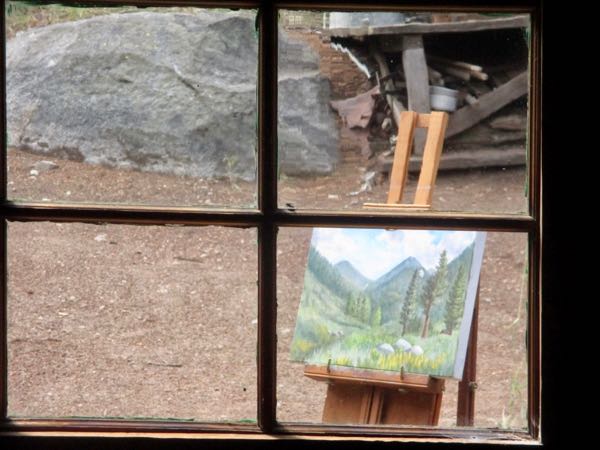
It made me happy to look out the window and see a plein air painting that I liked. Being familiar with the scene, having seen Marty’s way of tackling it, and adding the details I love all made the difference in my confidence and ability.
Of course, if it doesn’t sell in about 15 minutes, I will be questioning my confidence and ability.
And there was a third session to paint the edges.
There will be a fourth session to write the title on the back and add a hanging wire.
A fifth session will be after it is dry: scanning the painting.
But wait! There’s more: it will need varnishing.
